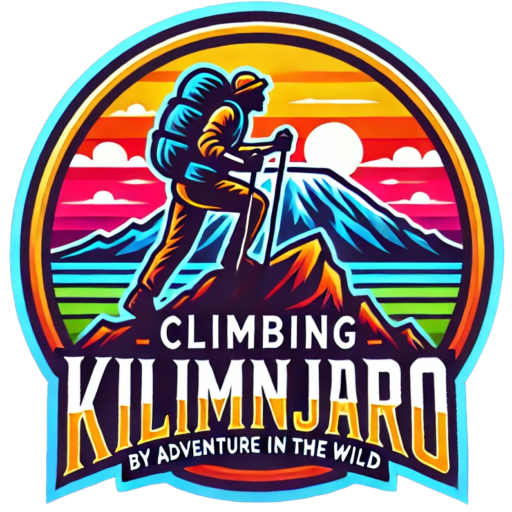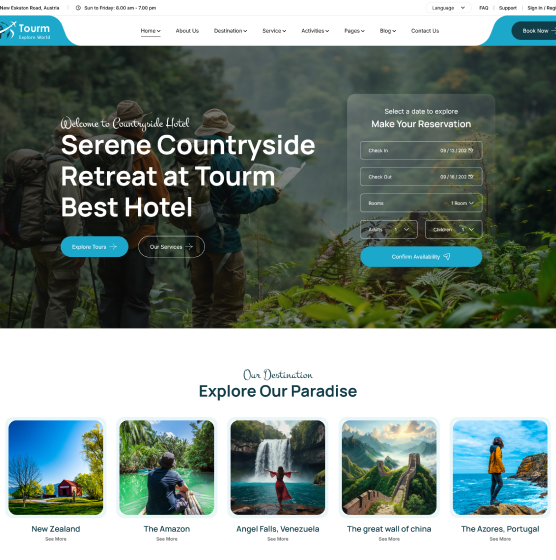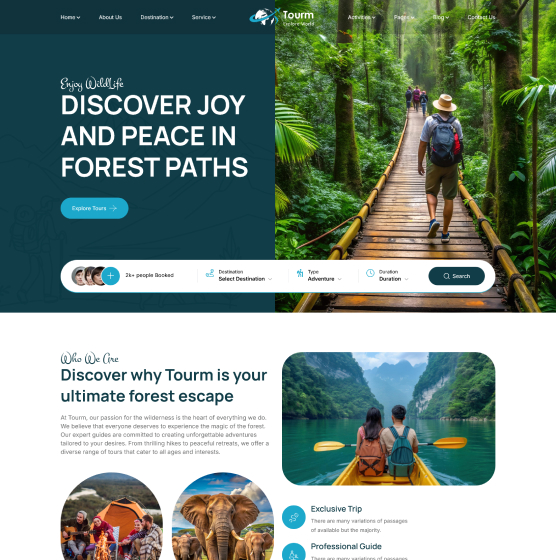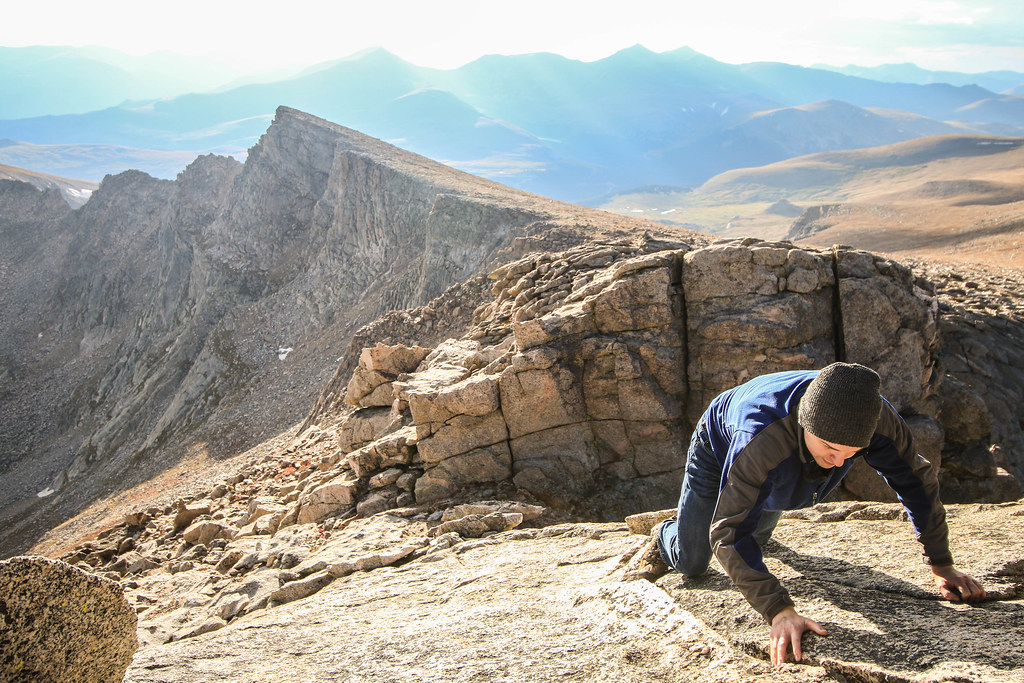Does Kilimanjaro Have a Death Zone?
Does Kilimanjaro Have a Death Zone? No, Mount Kilimanjaro does not have a Death Zone.
Kilimanjaro stands 19,341 feet (5,895 meters) tall, well below the 26,000 feet (8,000 meters) criterion for the death zone. While the top is considered extreme altitude, it is not high enough to be in the death zone.
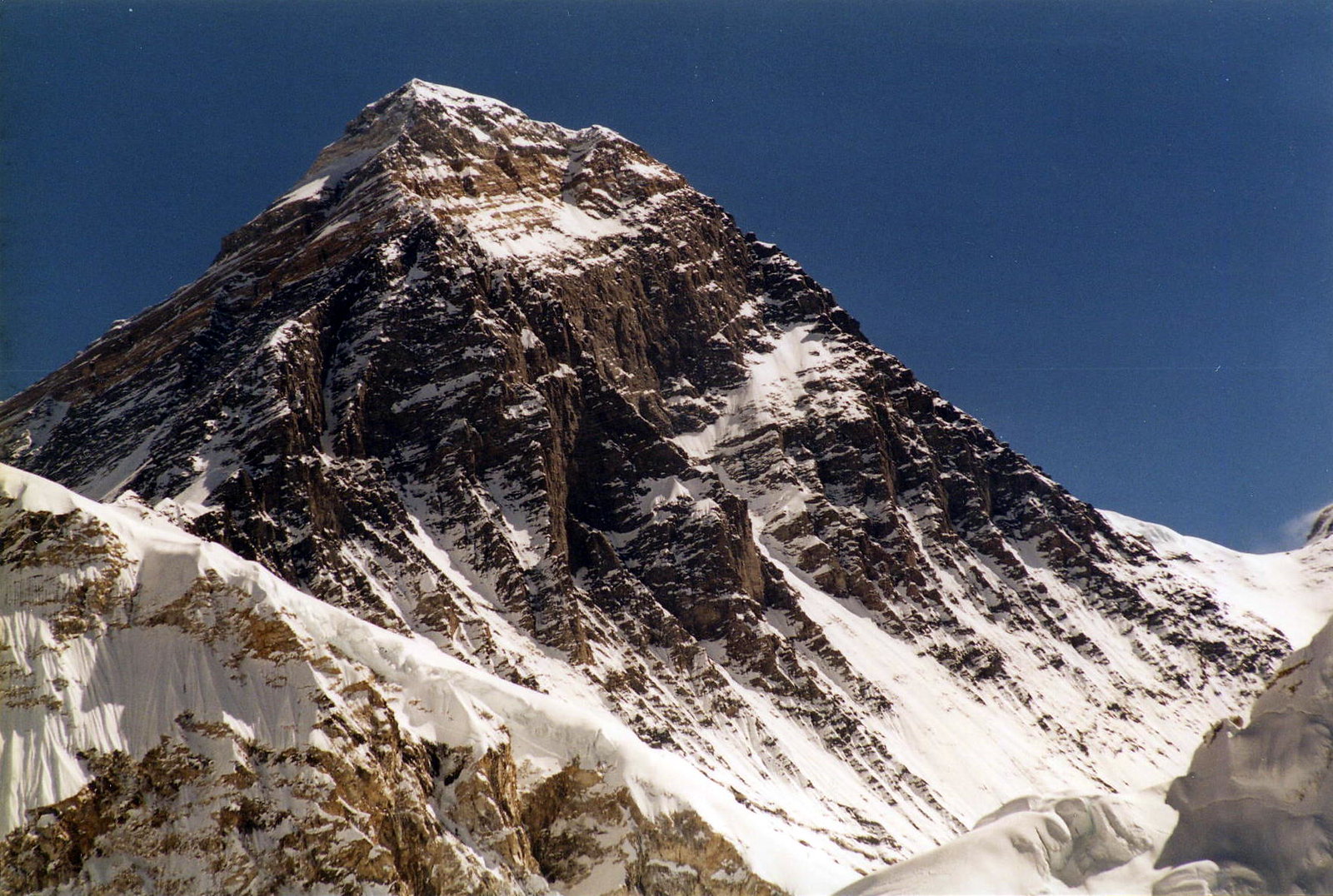
What Is The Death Zone?
Typically, altitude falls into the following categories:gories:
- Extreme altitude: Above 18,000 feet (5,500 meters)
- Very High Altitude: 11,500 to 18,000 feet (3,500 to 5,500 meters).
- High altitude: 4,900 to 11,500 feet (1,500 to 3,500 meters).
The death zone is a very high-altitude zone. It is defined as any altitude exceeding 26,000 feet (8,000 meters). At this level, the air has insufficient oxygen to support human life for long. Because climbers’ bodies cannot acclimate, they steadily deteriorate and confront life-threatening hazards. In the death zone, oxygen-starved tissues begin to perish. Blood thickens, and organs struggle to function.
K2 (28,251 ft/8,611 m)
Climbers generally use supplemental oxygen while in the death zone. However, even with oxygen, the body deteriorates. Experts recommend limiting your time in the death zone to a day or two. Many climbers attempt to summit and descend before severe symptoms develop. Too much time there causes rapid physical and mental degeneration.
Mount Everest (29,032 feet/8,849 meters) is known for its death zone. More than 300 individuals have died climbing Everest, and around 200 bodies remain on the peak.
Why Kilimanjaro Doesn’t Have A Death Zone
Kilimanjaro is in the extreme altitude zone, yet it remains below the height that defines the death zone.
Kilimanjaro’s elevation of 19,341 feet (5,895 meters) is significantly lower than the death zone’s threshold of 26,000 feet (8,000 meters). Although climbers still encounter thin air, they are not confronted with the specific perils experienced on high peaks like Everest.like Everest. Kilimanjaro’s summit is in the “extreme altitude” zone, but it is not as dangerous.
Rapid ascent still has the potential to cause acute mountain sickness (AMS). AMS can lead to headaches, nausea, and difficulties thinking clearly. According to studies, slower timetables are essential for a safer climb.
